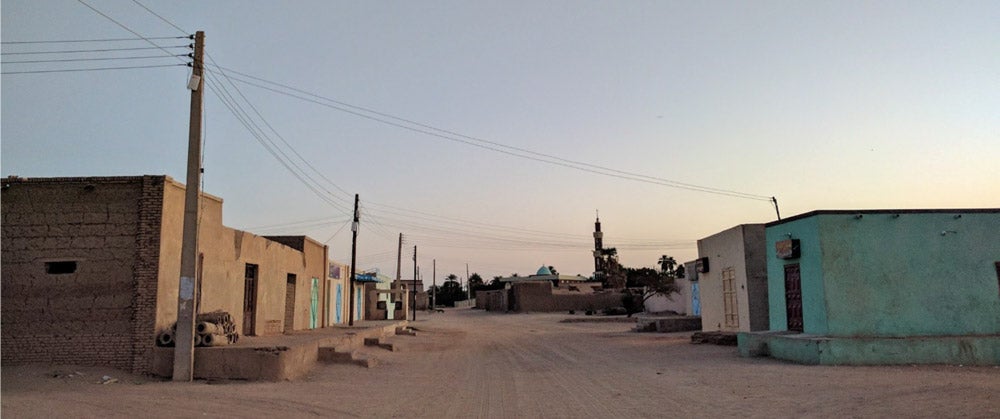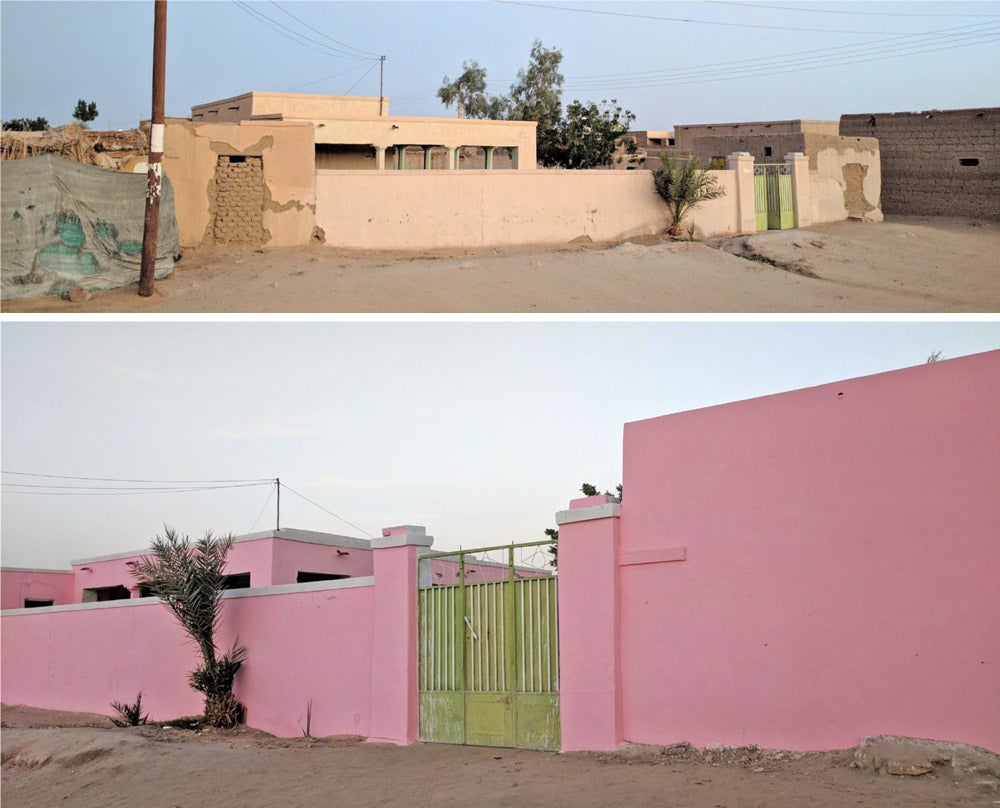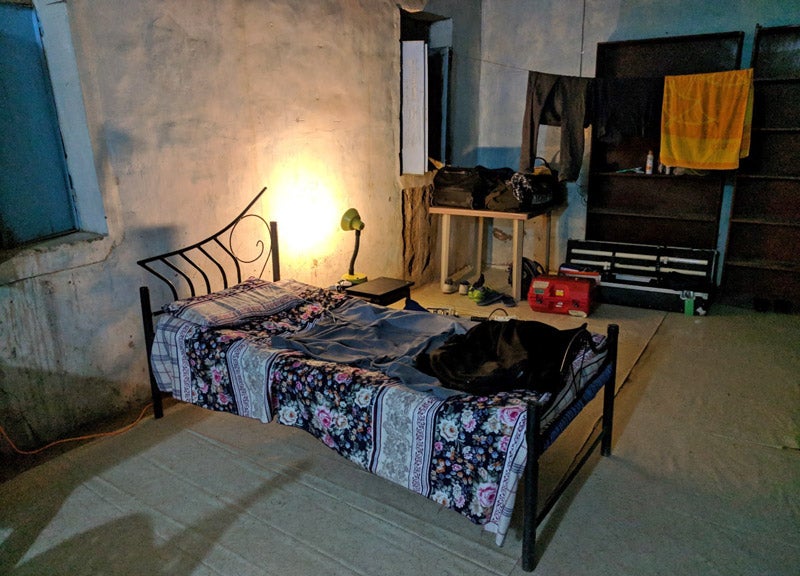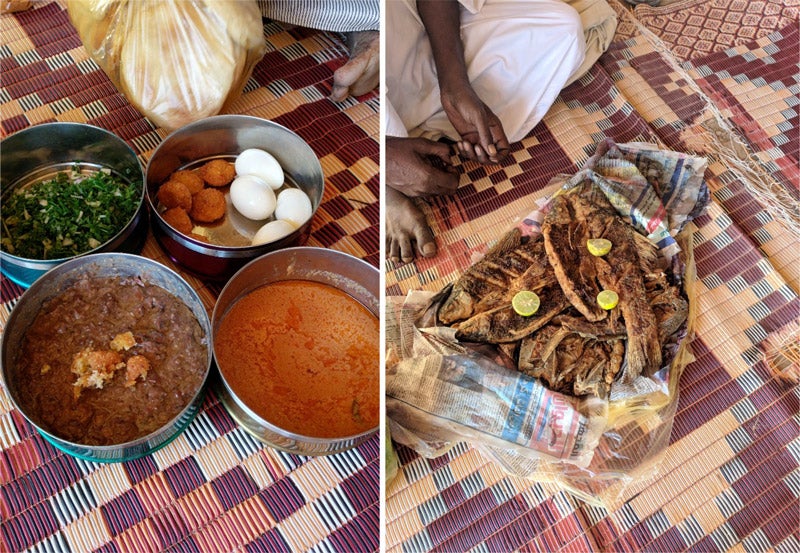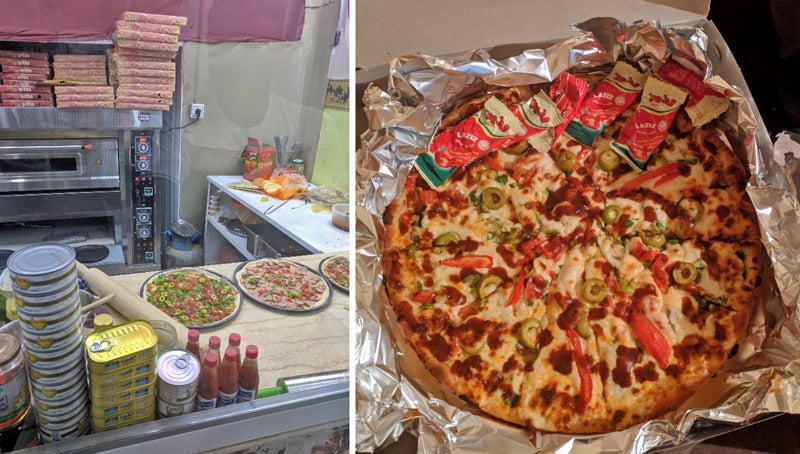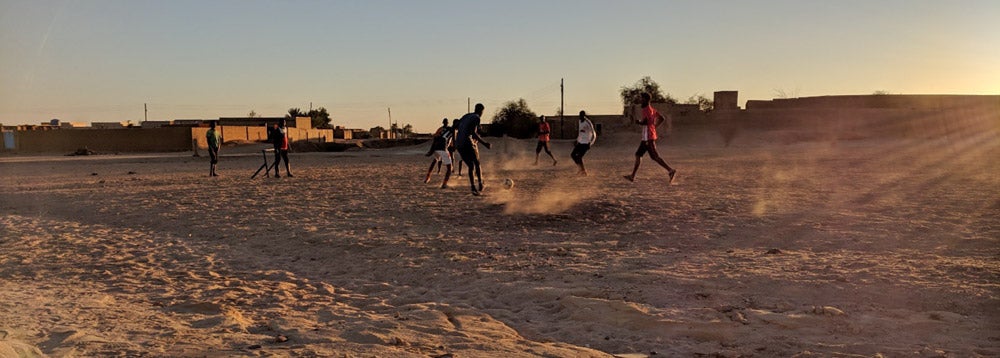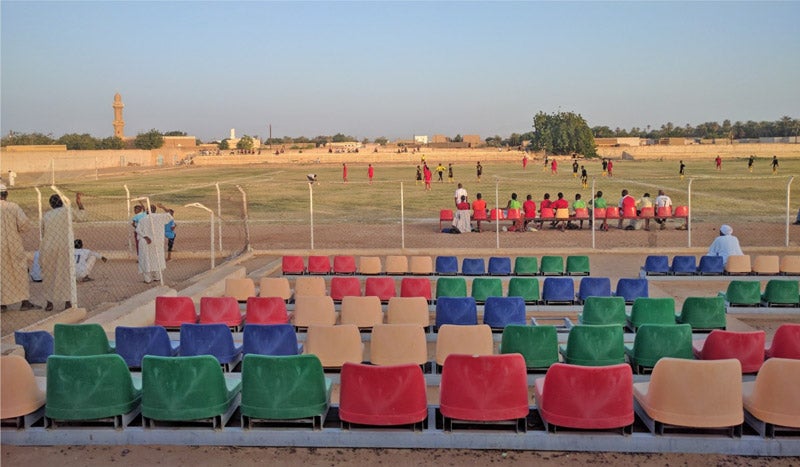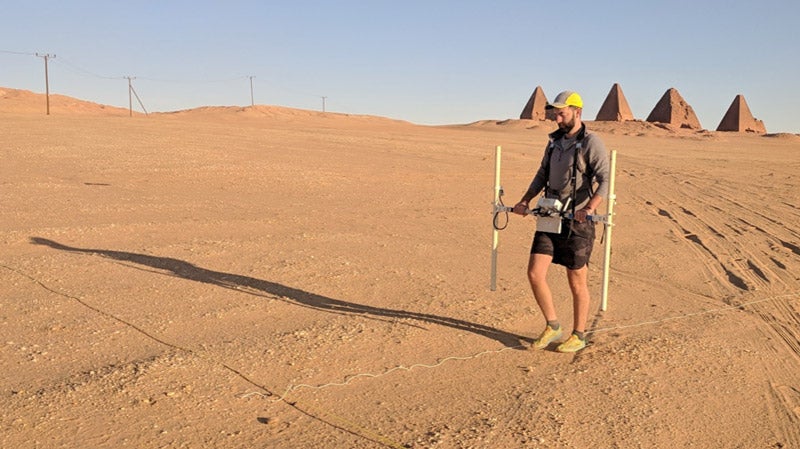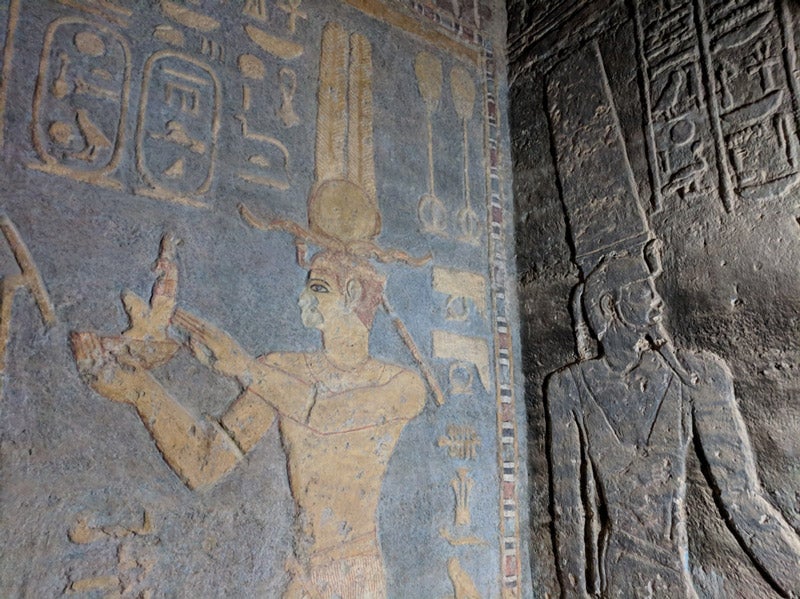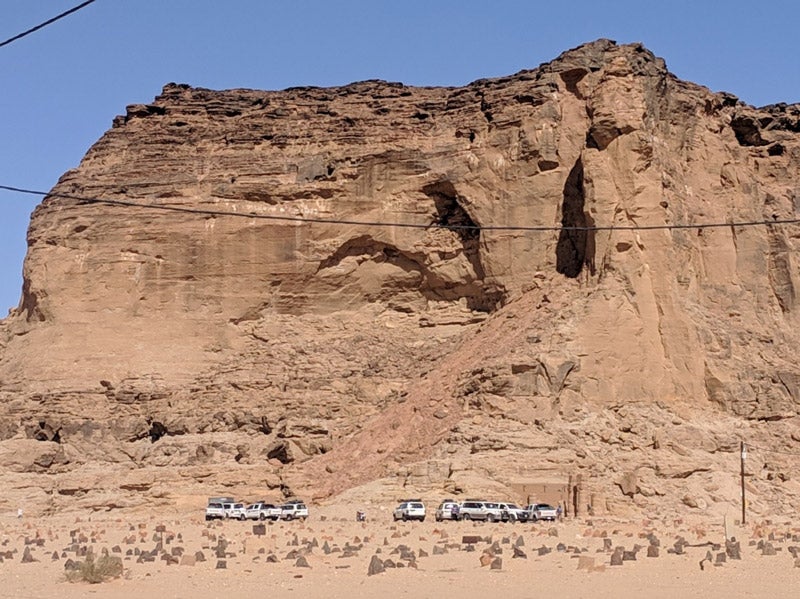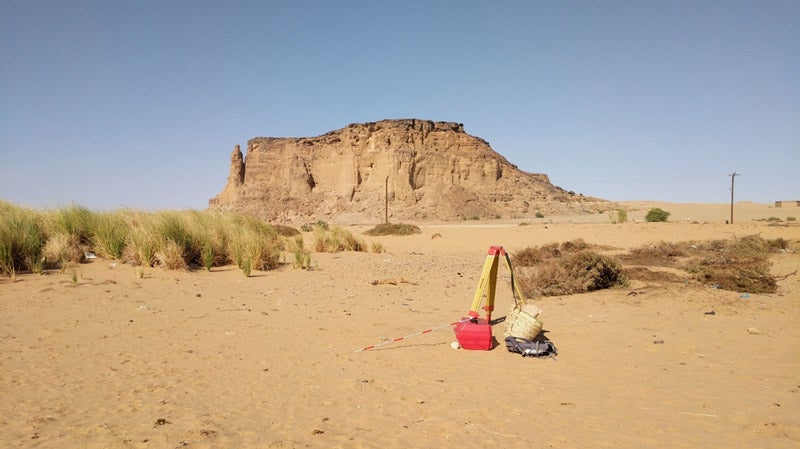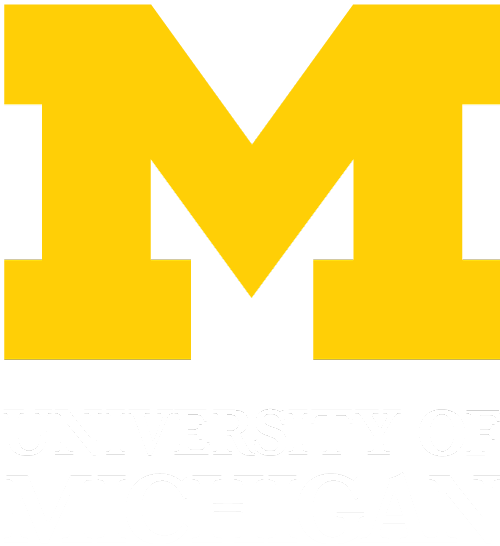New Faces of IPAMAA—2023 Edition
This fall, the Kelsey Museum and the Interdepartmental Program in Ancient Mediterranean Art and Archaeology (IPAMAA) welcomed three new students: Gabriel Key, Julian Thibeau, and Volkan Topal.
Although these new students have no doubt been busy this semester, they kindly took the time to tell us a little bit about themselves and their interest in the ancient world. Welcome, Gabriel, Julian, and Volkan—we’re glad to have you here!
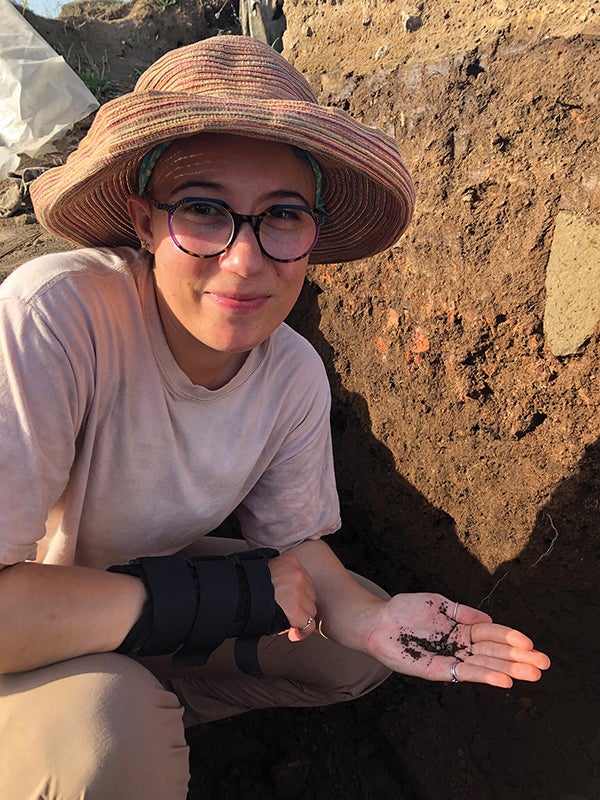
Gabriel Key graduated from Swarthmore College with a BA in Greek and minors in Latin and religion. While attending Swarthmore College, they were a Mellon Mays Undergraduate Fellow. Gabriel cemented their passion for archaeology in 2017 while studying abroad at the Intercollegiate Center for Classical Studies in Rome. They completed the Bridge MA Program in Classical Studies at the University of Michigan in the spring of 2023.
Gabriel has been involved in fieldwork in both Greece and Italy. They participated in the Azoria Project on Crete (2017) and have spent four seasons working with the Gabii Project (2018, 2019, 2022, and 2023)—two as a volunteer and two as a staff member in the Environmental Lab. Gabriel’s research interests are centered around early Central Italy, particularly on identity formation, food, archaeobotany, and zooarchaeology.
How did you get interested in studying the ancient world?
I got interested in studying the ancient world when I was five years old. In kindergarten, we learned about the Greek gods, and I was so enthused that I came home to tell my mother I was converting to the Greek pantheon.
What is your favorite thing about studying the ancient world?
My favorite thing about studying the ancient world is learning about the lives people led long ago, particularly those of the non-elite and marginalized who are not represented in grand histories and monuments.
What are your career aspirations?
Before graduate school, I spent two years teaching middle school Latin and enjoyed the experience of showing others what I find fascinating about the ancient world and helping students learn how to think critically. After I finish my PhD, I hope to become a professor and have the opportunity to engage with an older audience in this way.
Who is your favorite person from history?
I don’t think I could choose one favorite person from history—there are far too many to choose from, and each with their own stories!
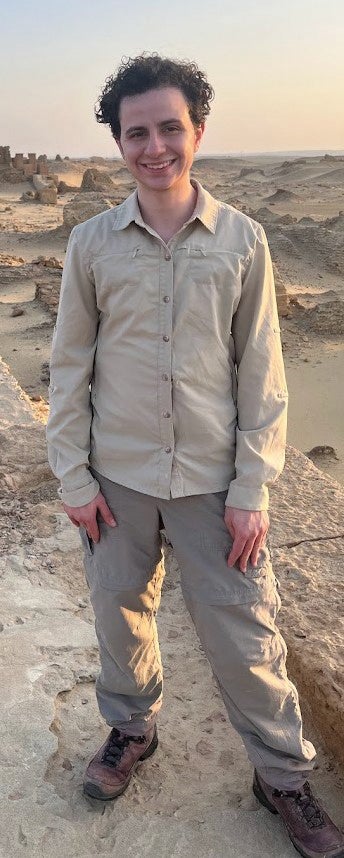
Julian Thibeau received a BA in Near Eastern studies from the University of Michigan in 2017 and an MA in Middle Eastern studies from the University of Chicago in 2020. Their MA thesis dealt with the landscape of crocodile cults in the Graeco-Roman Egyptian Fayum Oasis. They participated in the University of Chicago excavation of Horvat Duvshan in Israel in 2019. Julian worked for three years at the University of Chicago’s Center for Ancient Middle Eastern Landscapes on projects using geographic information systems (GIS) to document archaeological sites in Iraq and Afghanistan. They also spent two years performing cultural resource management archaeology surveys in the United States.
Julian is a member of the Northeast Fayyūm Lakeshore Project. In 2023, they took part in the excavation of the site of Karanis in the Egyptian Fayum and carried out a field survey of Graeco-Roman canals. Julian’s research focuses on human interaction with the landscape in Egypt during the Graeco-Roman period. They have presented papers on irrigation systems and trade routes in the Egyptian Western Desert and its oases. In addition, they founded a local chapter of the American Research Center in Egypt—ARCE Detroit—in 2023 and served as its first president.
How did you get interested in studying the ancient world?
I first became interested in studying the ancient world through my childhood love of ancient Egypt. I rediscovered my passion for studying the ancient world as an undergraduate student at the University of Michigan through classes taken in the Department of Middle East Studies.
What is your favorite thing about studying the ancient world?
My favorite thing about studying the ancient world is the moments when I feel close to people who lived in the past. The feeling of standing inside a home that someone inhabited in antiquity is an incomparable experience.
What is something you think everyone should know about the ancient world?
I think everyone should recognize the humanity we share with people who lived and died in the ancient world.
What are your career aspirations?
I aspire to work in academia. I would love to be able to split my time between teaching students and carrying out fieldwork. I would also enjoy working in a museum.
Who’is your favorite person from history?
My favorite person from history is Lou Sullivan, a pioneering activist for trans rights who inspires me.

Volkan Topal received his bachelor of architecture and MA in history of architecture at the Middle East Technical University in Ankara, Turkey. His MA thesis essentially focused on assessing the role of the architectural language of the imperial cult and imagery in the transformation of the urban spaces in Roman Ephesus, which employed a kinesthetic method that incorporates the dynamics of space and movement.
Volkan has participated in several archaeological projects in Turkey—in Ephesus, Teos, Lagina Hecate Sanctuary, Ayasuluk, and Notion. He is interested in cultural encounters, landscape, and urban studies, as well as the dynamic relationship between identity and the built environment.
How did you get interested in studying the ancient world?
As a child of an archaeologist, I had the opportunity to visit numerous sites, mostly in the southern section of Central Anatolia and the Central Taurus Mountains, starting from a very young age. Those journeys were before any formal education and training, so they were only casual, personal experiences of things, objects, and places of the past. Such interactions had a significant impact on me, endowing me with a firm interest in the field and forming a monumental background for my future works.
What is your favorite thing about studying the ancient world?
Studying the ancient world is a fulfilling thing in general, but I think one of the most important things for me is that the ancient world seems to be always relevant to our time, or people make it relevant for various reasons to our current discussions.
What is something you think everyone should know about the ancient world?
I think that they should know that our reception of the ancient world can be very personal and there are multiple possibilities for us to conceptualize the ancient world.
What are your career aspirations?
I would like to carry on my studies and hopefully find a place for myself in academia.
Who is your favorite person from history?
I do not have one particular favorite person from history, but those who expressed their very honest opinions with graffiti in many places, whose voices could otherwise not have been heard, are the people that I am very interested in.
New Faces of IPAMAA—2023 Edition Read More »

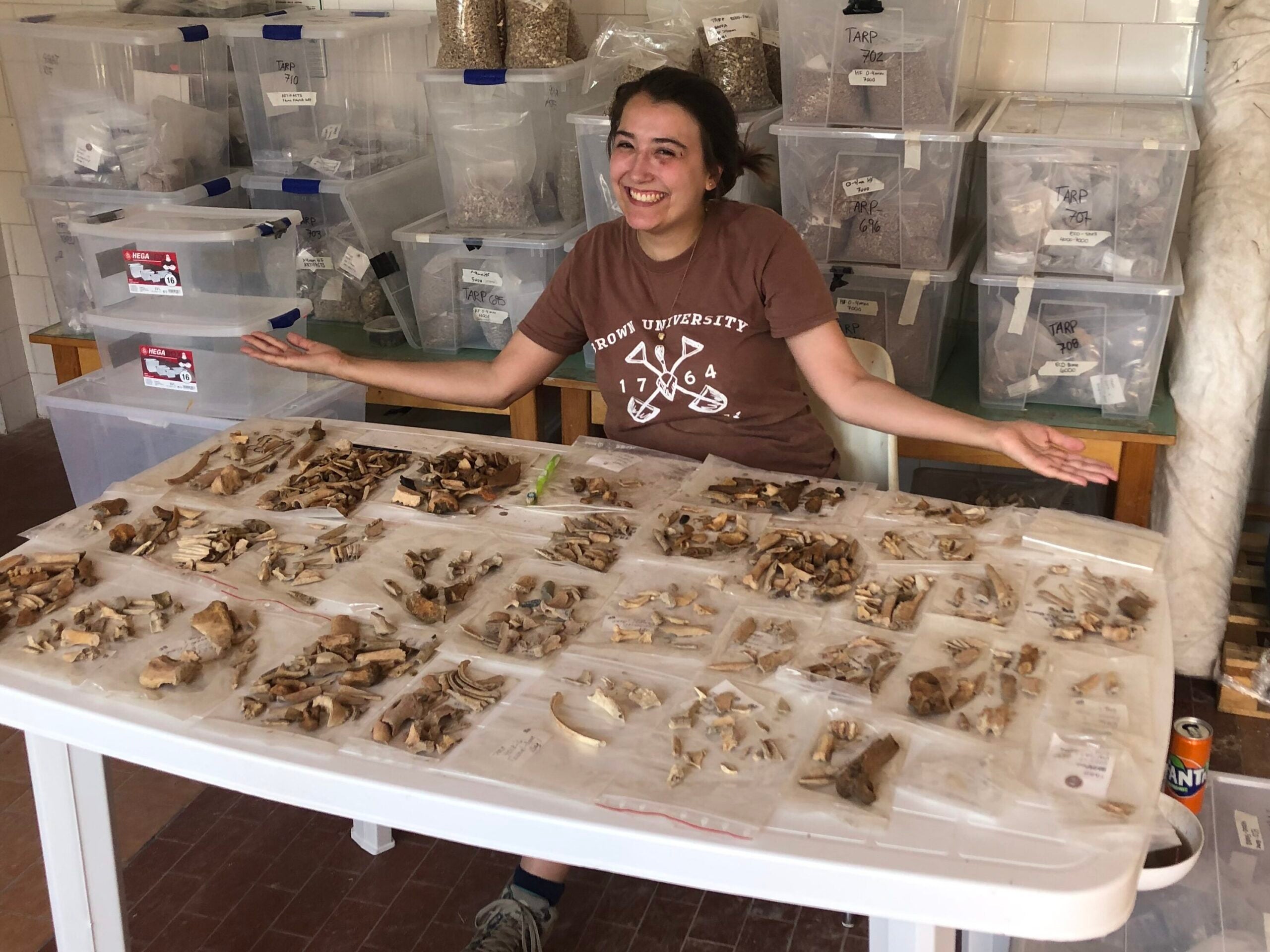

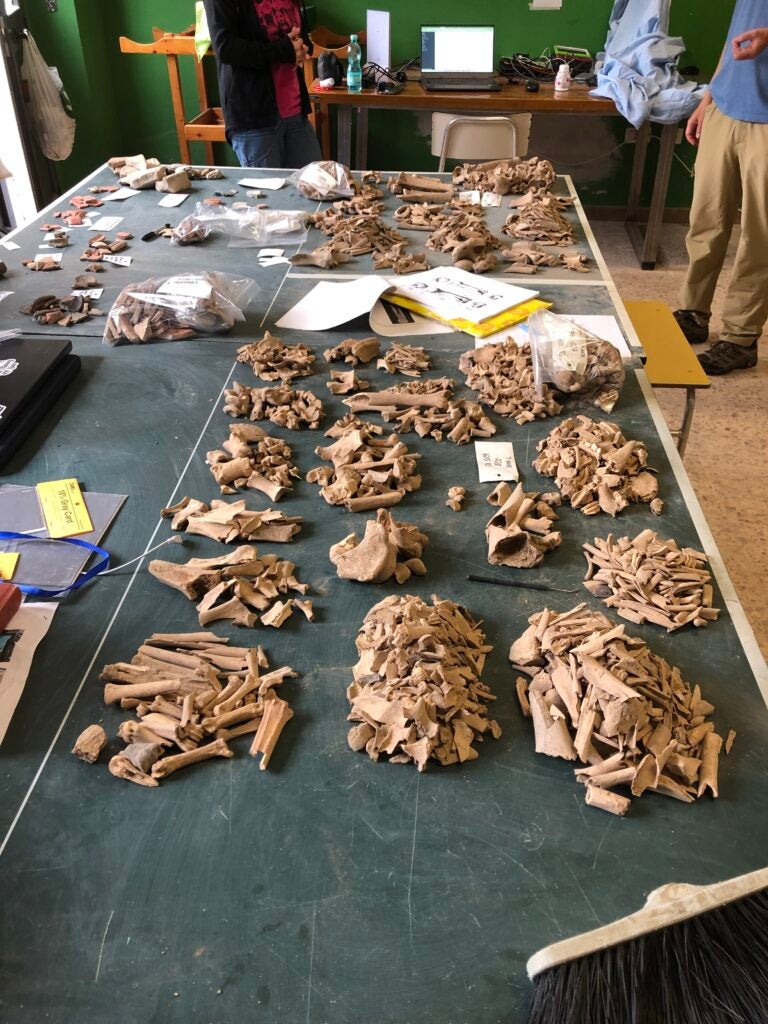
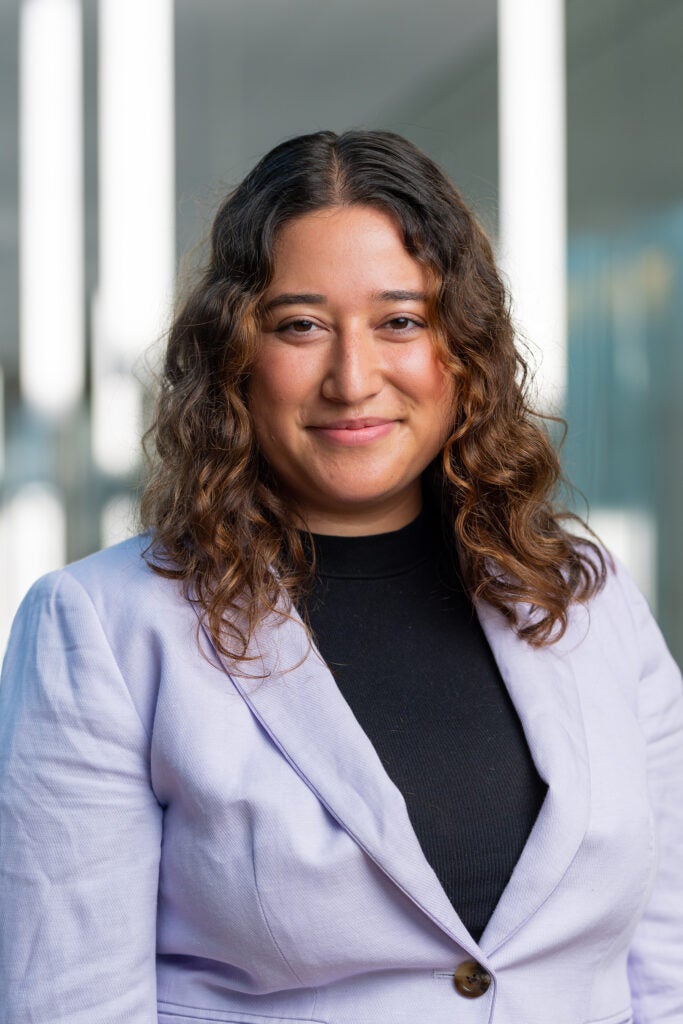
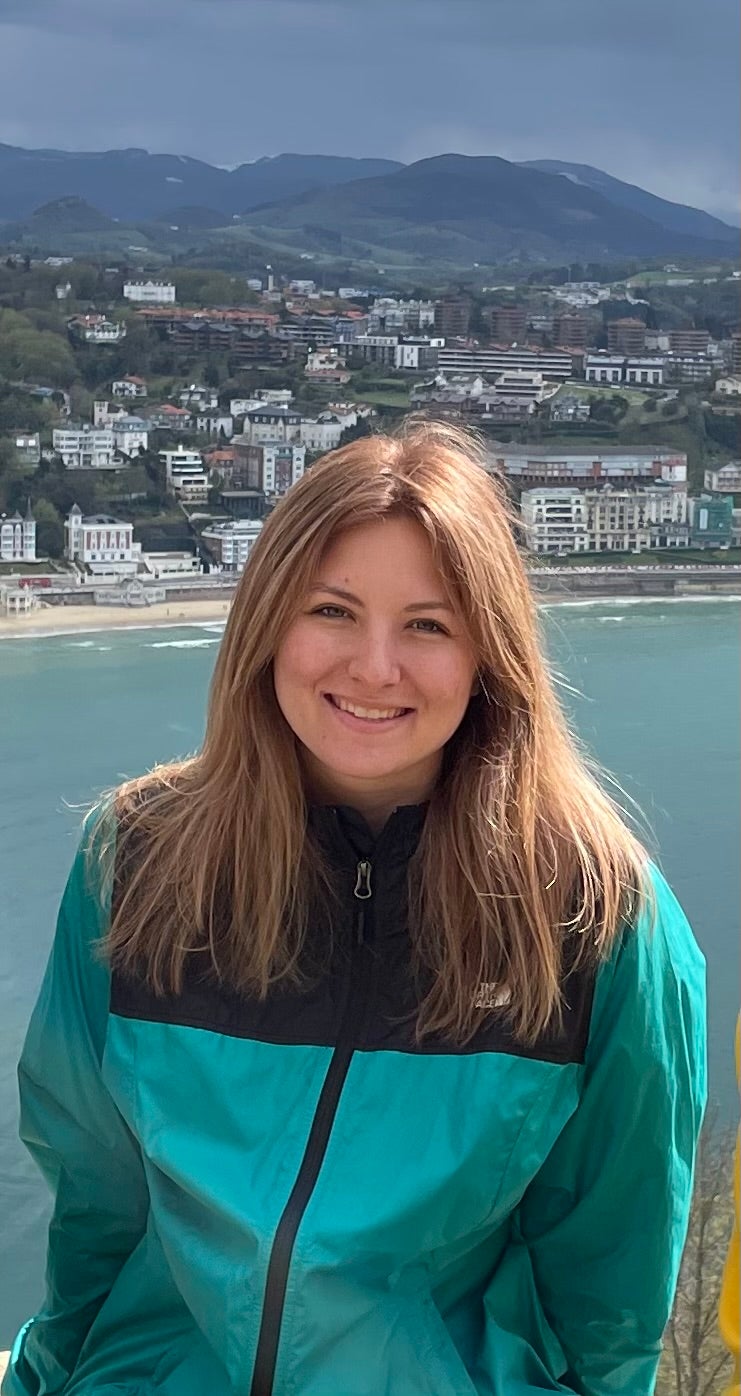


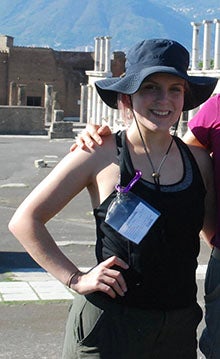
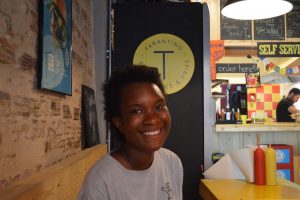 IPCAA student Nadhira Hill has received the Public Scholarship Award from the Women’s Classical Caucus (
IPCAA student Nadhira Hill has received the Public Scholarship Award from the Women’s Classical Caucus (